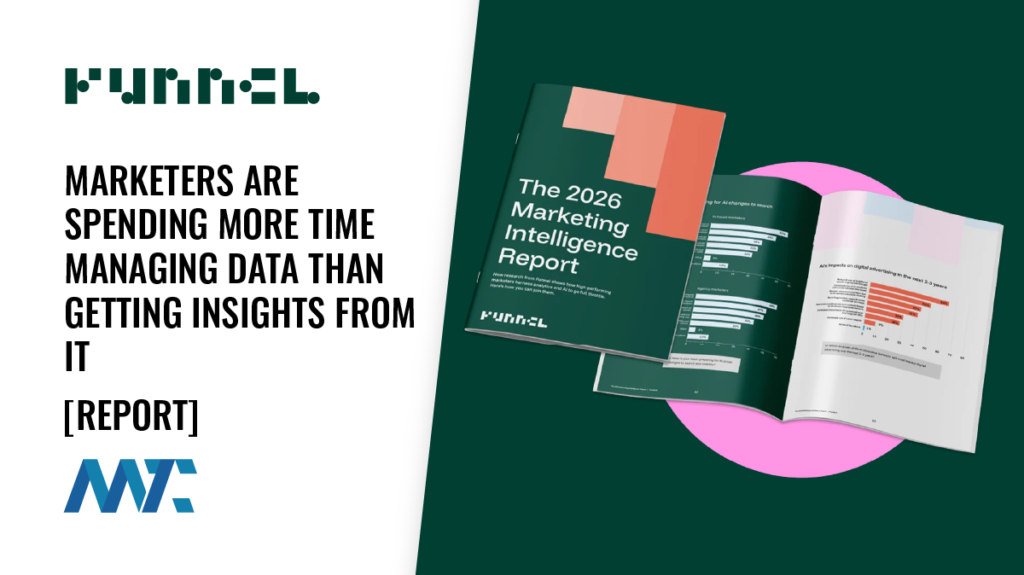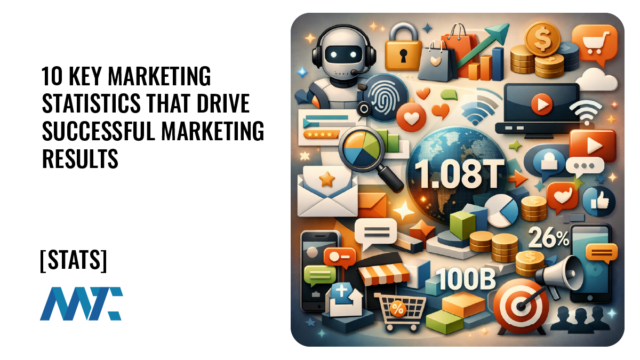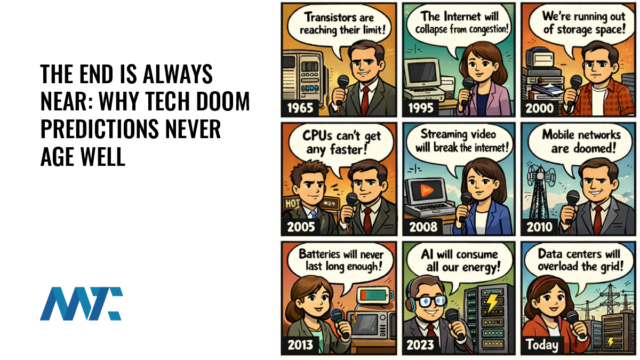How To Setup A Simple 5-Step Online Sales Funnel

Many consumers and buyers have shifted to online marketing, leaving organizations and small businesses scrambling to devise effective digital marketing strategies. This is especially true for companies that traditionally relied on sales through their brick-and-mortar stores.
The lesson learned is clear—online marketing must be part of your overall business strategy.
This can be intimidating for some because online marketing is a new venture. There seem to be endless tools, channels, and platforms that one can ascribe to.
To this crowd, don’t worry – online marketing isn’t as complicated as it seems.
There are only five simple steps to start online marketing and make it work.

Donald Miller and Dr. J.J. Peterson wrote these five steps in the marketing framework in the book Marketing Made Simple. Together, they form what we typically call a marketing/sales funnel.
While the book provides a detailed description of each step, I will highlight each step, explain why you need the particular step in online marketing, and provide a practical to-do item you can implement immediately.
Ready to jumpstart your online marketing? Let’s dive in.
Step 1: The One-Liner
Your one-liner is a simple two to three sentence description of the problem you help customers solve, your solution to that problem (i.e., your product/service), and the results that a customer can expect after doing business with you.
We begin with a one-liner because of its versatility. You can apply your one-liner to your email signature, business cards, direct mail assets, website, and other assets. It’s not limited to just your online marketing assets.
The purpose of the one-liner is simple – pique interest in your brand – and that’s done by beginning with the problem you solve for customers. Only if you can pique your potential customer’s interest in your brand, then they will move onto the next part of the funnel. So be customer-centric when crafting your one-liner!
Action Step: Craft your one-liner by stating your customer’s problem, followed by the solution you offer and the results your customer can expect after doing business with you.
Step 2: Wireframe Your Website
The next step in your sales funnel is to design and develop a functional website. I know that sounds a little intimidating, but you can always outsource your website needs to an agency if you’re not up for it.
Your website needs to be as simple and clear as possible, and it’s meant to be a sales tool. Too many business owners view their website as static when it should generate more money for them. The fewer links, the better; the more you talk about the problems your customers face and your solution, the better.
We include a website in the sales funnel because it’s likely the primary place people do business with you online. Once you pique their interest with your one-liner, we want to give them more information and move them closer to a sale.
Action Step: While designing your website, you must consider your primary call-to-action (CTA). That is what action potential customers must take to do business with you. This could be something simple like purchase or more complex like get an estimate—whatever is relevant to your business. Thinking through your primary CTA will make your web design process a little less stressful once you get to it.
Step 3: Create A Lead-Generator
Here is where we see the sales funnel in a more traditional sense. Your lead generator is a downloadable asset that a potential customer can receive in exchange for their email address. I’m sure you’ve seen tons of examples across the internet.
I typically create a simple PDF or short video that potential customers can receive if they give me their email addresses. Some ideas for a lead generator could be an interview with an industry expert, a checklist, or a how-to video. It’s entirely up to you and what you think will provide value to your target audience.
The purpose of the lead generator is to obtain a potential customer’s contact information. If someone downloads your lead generator, they’re likely a warm prospect interested in your product/service. Exchanging an email address for your lead generator is one more step in the sales funnel and one step closer to a purchase.
Action Step: Brainstorm content that would be valuable to your target audience and entice them to give you their email address. It doesn’t have to be complex, but it does need to be relevant and valuable to the people you’re trying to sell to.
Step 4: Create A Sales Email Sequence
We now get into the automation part of our sales funnel. Your sales email sequence is 5-7 emails sent to potential customers once they download your lead-generator. These can be sent a few days or weeks apart, depending on the nature of your industry.
Your first email should be geared toward delivering the lead generator you promised and nothing more – keep it simple. Then, you should have the next several emails in your sequence focus on testimonials and overcoming common objections to buying your product/service. The final email in the sales sequence should be a direct sell email. Don’t be shy – if someone downloaded your lead generator, they want what you have. They need a little convincing.
At this point, we begin to see potential customers become actual customers. We have an automated sales sequence so that you don’t get burnt out trying to always sell to your prospects—you can put all of this on autopilot. The goal of your sales sequence is self-explanatory—close the deal!
Action Step: Think of the 5-7 emails that you want in your sales sequence (including delivering the lead-generator, testimonials, overcoming objections, and a direct sales email) and write them. They don’t need to be long or complex – the simpler, the better. However, the golden rule is that they must be relevant and interesting.
Step 5: Create A Nurture Email Sequence
Your nurture email sequence is anywhere from 6-52 emails, depending on how motivated and gung-ho you are about email marketing. These emails are typically sent out every week. They can be anything from tips, company/industry news, how-to’s, or anything else you think would be valuable to your target audience.
We have a nurture sequence because some customers may not be ready to buy even after downloading your lead generator and going through your sales sequence. That’s okay. However, we don’t want to lose these potential customers. So, you continually send them emails to remind them that your product/service solves their problem.
It’s okay if people don’t even read or open your email. This sequence is still valuable because your brand name appears in their email inbox, often on their mobile device. So, prospects are continually reminded that your company exists.
Once potential customers go through this nurturing sequence, you can place them in another nurturing sequence or transfer them to another sales sequence. Ensuring you’re not losing anyone in your funnel and business is top-of-mind.
Action Step: Determine the theme for your nurture email sequence. Will you be sending out tips related to your industry? How-to’s? Company news? Or perhaps something else. You decide.
Conclusion
There you have it! A simple 5-step sales funnel that you could implement yourself or with your team.
If transitioning to online marketing has been challenging, try this simple framework. I promise you’ll see better results than without an online strategy.
If you want to learn more about the company that created this sales funnel framework, check out Building a Storybrand. The company also has live and private workshops to educate you and your team on their simple framework.
If you’d like a sales funnel created for your business using StoryBrand principles, contact our team at Agency Boon.
Here’s to your sales funnel and business growth.







